A Plunge into Pools: Community, Competition, Culture
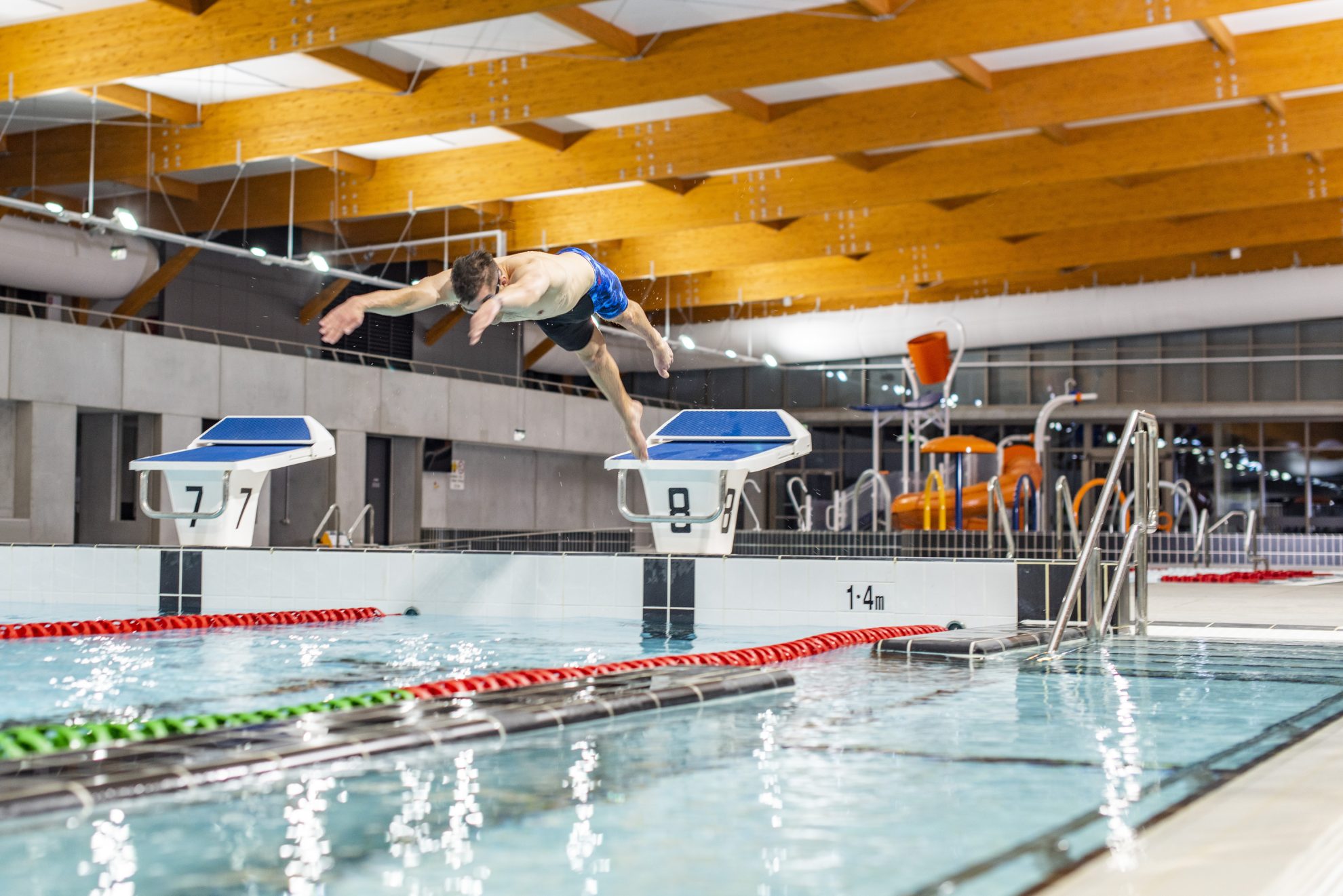
In Australia, pools are more than just places to swim – they are cultural institutions. They live in our backyards, sit at the heart of our local communities, and stand proudly on the world stage. Pools carry memory and meaning: the first swimming lesson, the ritual of weekends at the public pool, the nostalgia of long summer days and the unmistakable scent of chlorine. With 14% of Australian households owning a pool – the highest rate per capita in the world – water is deeply woven into our national identity. Alongside our beaches, pools are democratic hubs that promote recreation, education, and wellbeing, contributing billions annually in social, health, and economic value.
Unsurprisingly, swimming is also Australia’s most popular sport, with more than six million participants annually. It is a lifelong recreational pursuit that fosters belonging, health, and joy across age, culture, gender, and ability, while also being Australia’s most successful Olympic and Paralympic sport. As John Bertrand AO, former President of Swimming Australia, once reflected: “Sport is of national importance… and swimming is the biggest participation sport in the country.”
Designing aquatic facilities, then, is about more than meeting technical standards. These places must foster belonging, instil national pride, incorporate universal design principles, respond to context, and remain adaptable across generations and for varying contexts, seasons and climates. They are civic landmarks as much as sporting venues, welcoming everyone from elite athletes to children taking their first strokes.
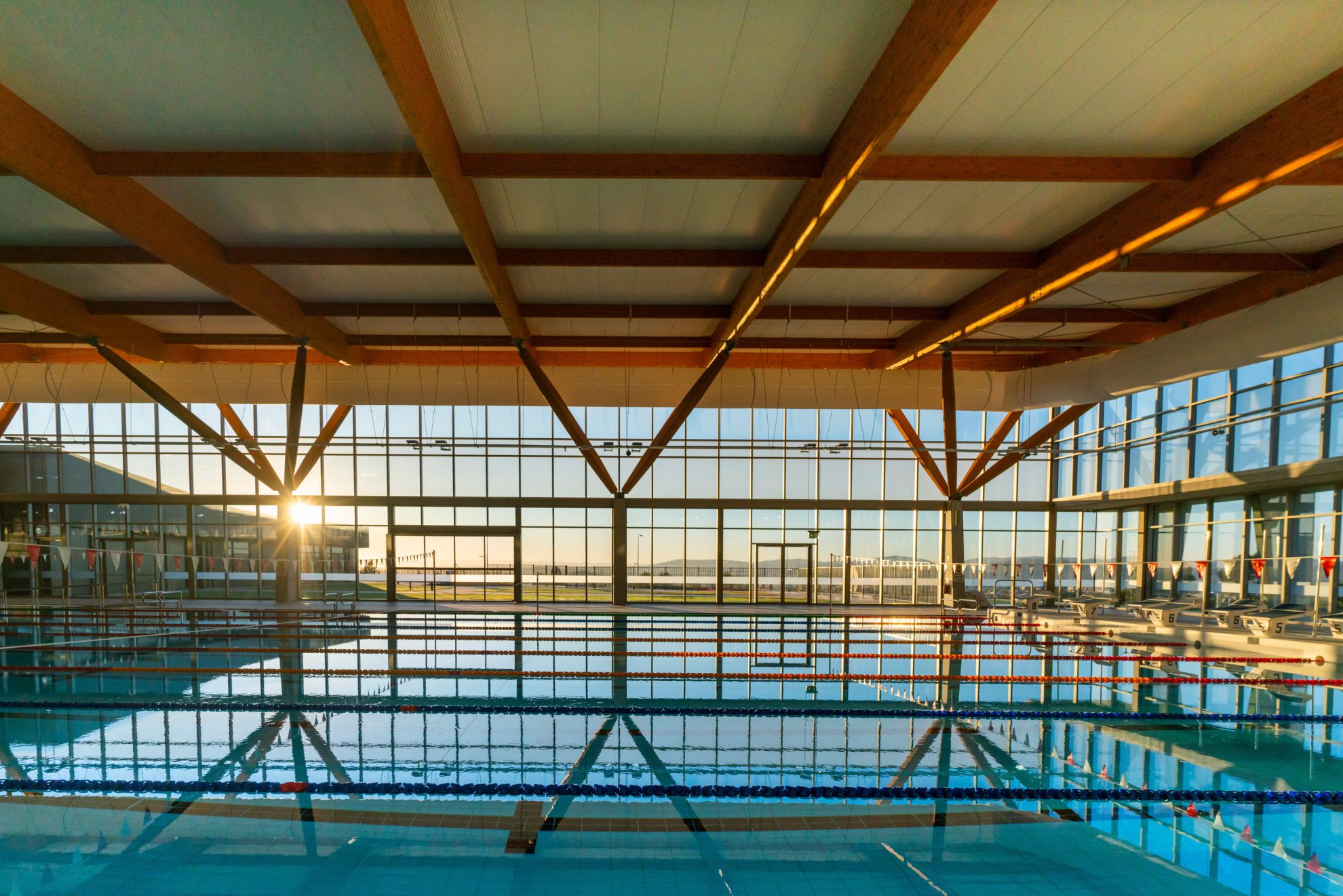
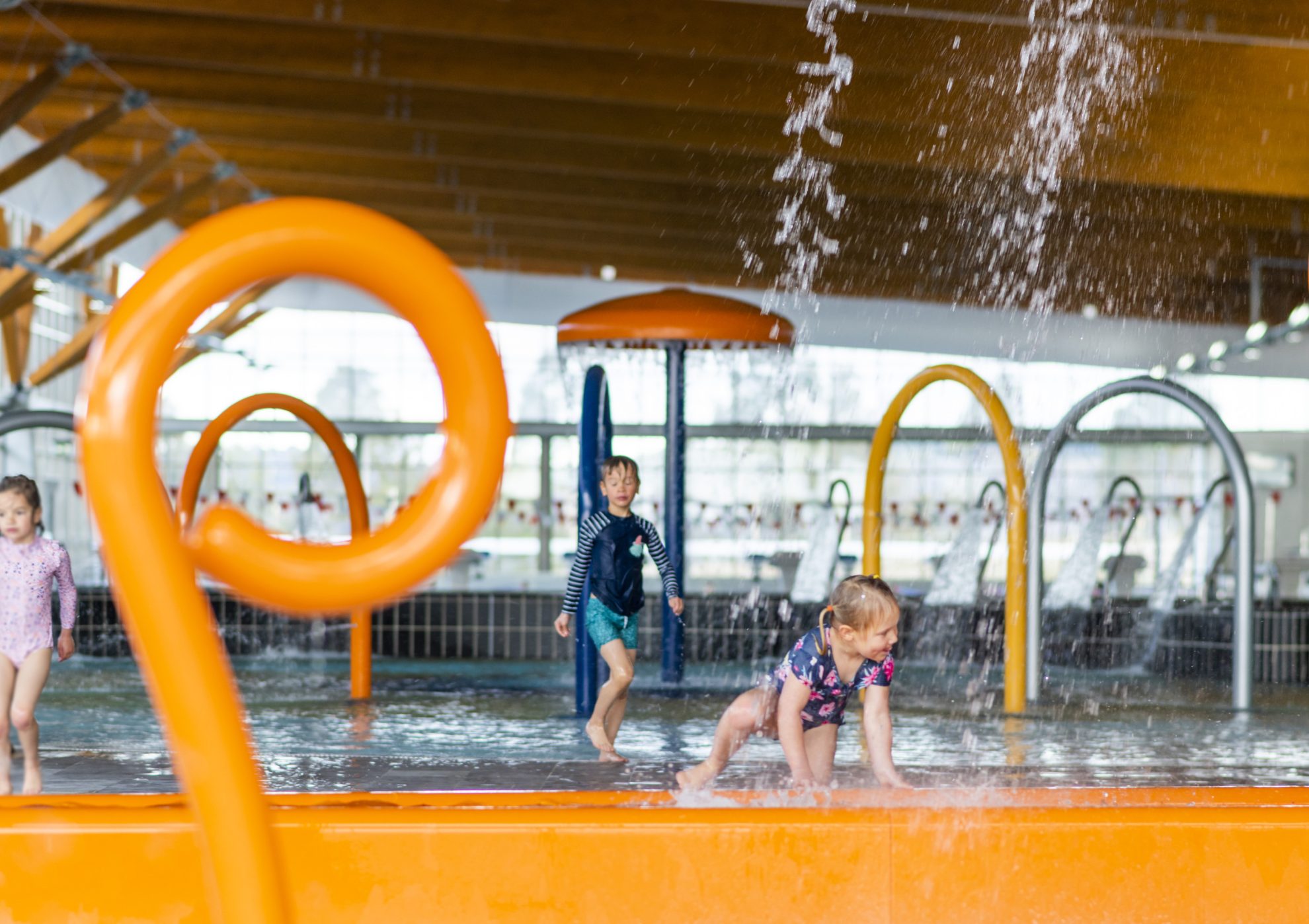
Stromlo Leisure Centre | Photography: Martin Ollman
Community pools often hold the deepest nostalgia. This will be the case for the future generations of Molonglo, Canberra, who saw the opening of the Stromlo Leisure Centre in 2020. Albeit new, it’s a facility that feels like it’s always been there, responding to its bushland setting with glulam timber structures that echo local tree canopies. It features an operable facade to facilitate adaptation over the Canberra seasons. Inside, it offers an eight-lane 50-metre lap and competition pool, learn-to-swim spaces, slides, a toddler’s pool, splash park, gym, café and more.
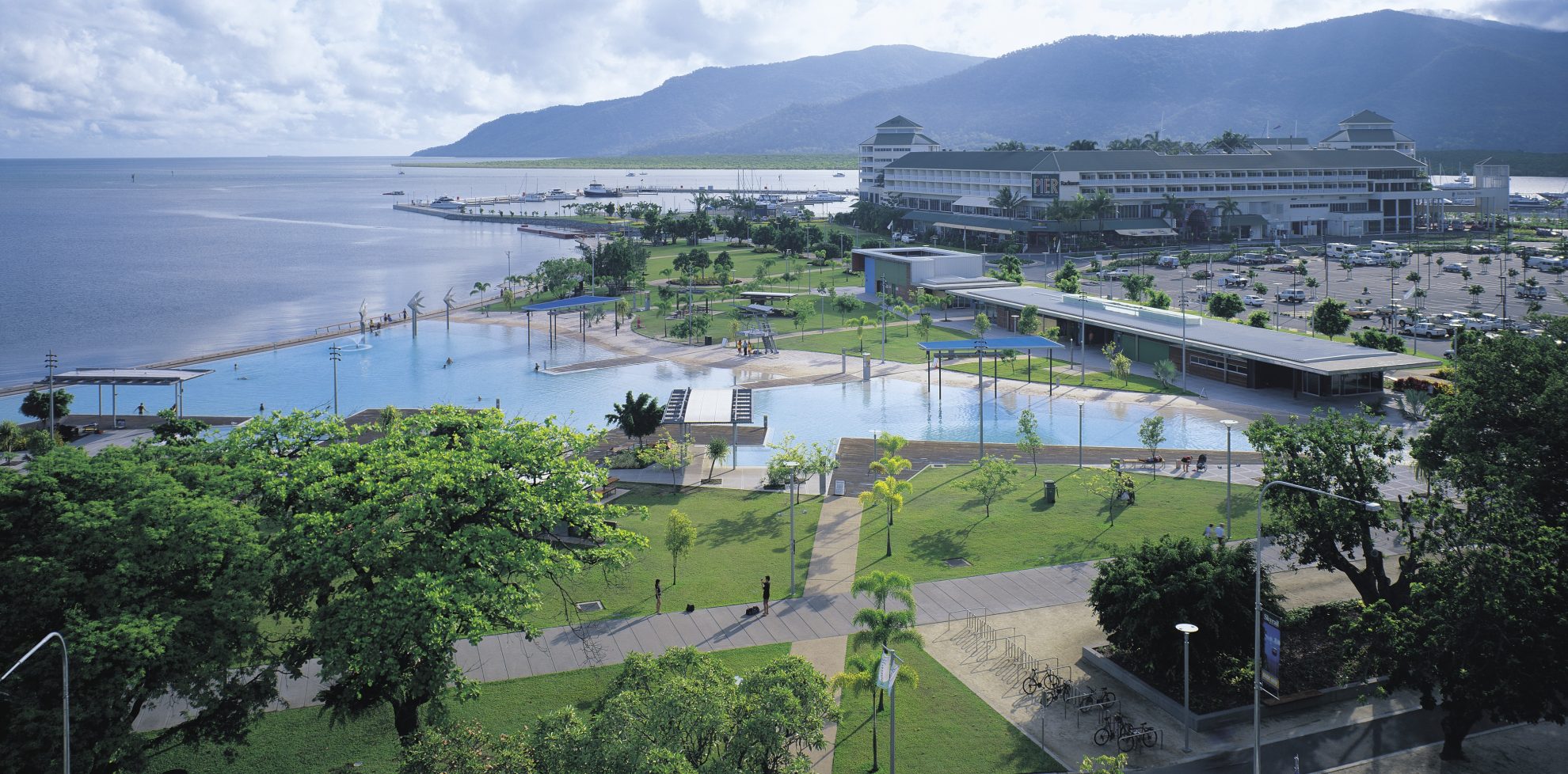
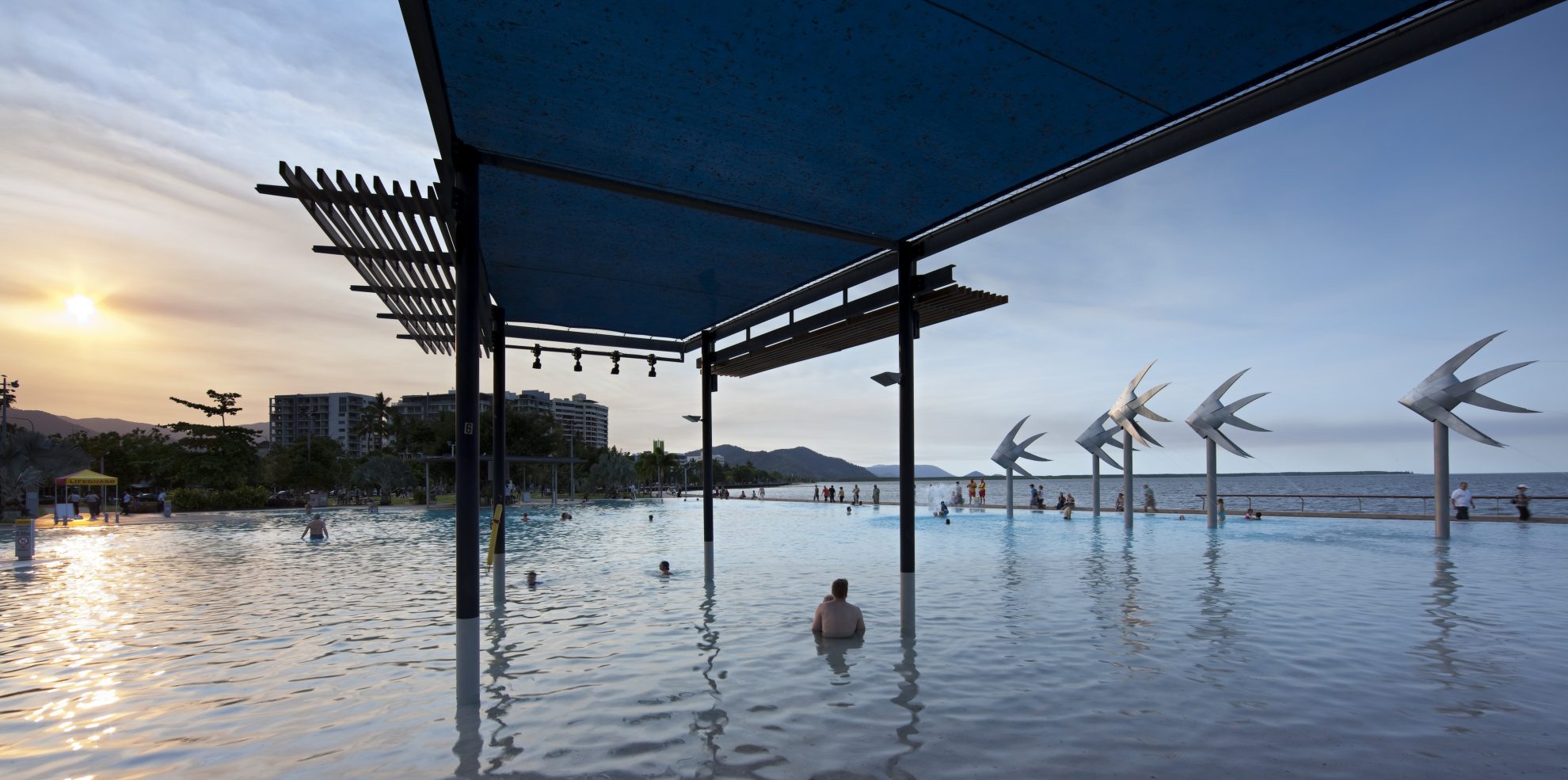
Cairns Esplanade Lagoon | Photography: Stefan Jannides & Christopher Frederick Jones
The Cairns Esplanade Lagoon was central to the revitalisation of the Cairns waterfront. Its triangular form stretches back towards the city, creating a physical and visual connection between the city and harbour. Timber and concrete used across the amenities, park structures, and lagoon shelters give it a distinct identity, setting it apart from the typical curved steel architecture of other tropical lagoons. Two decades on, it remains more than a place to swim – a cherished community landmark and a jewel in the crown of Cairns.
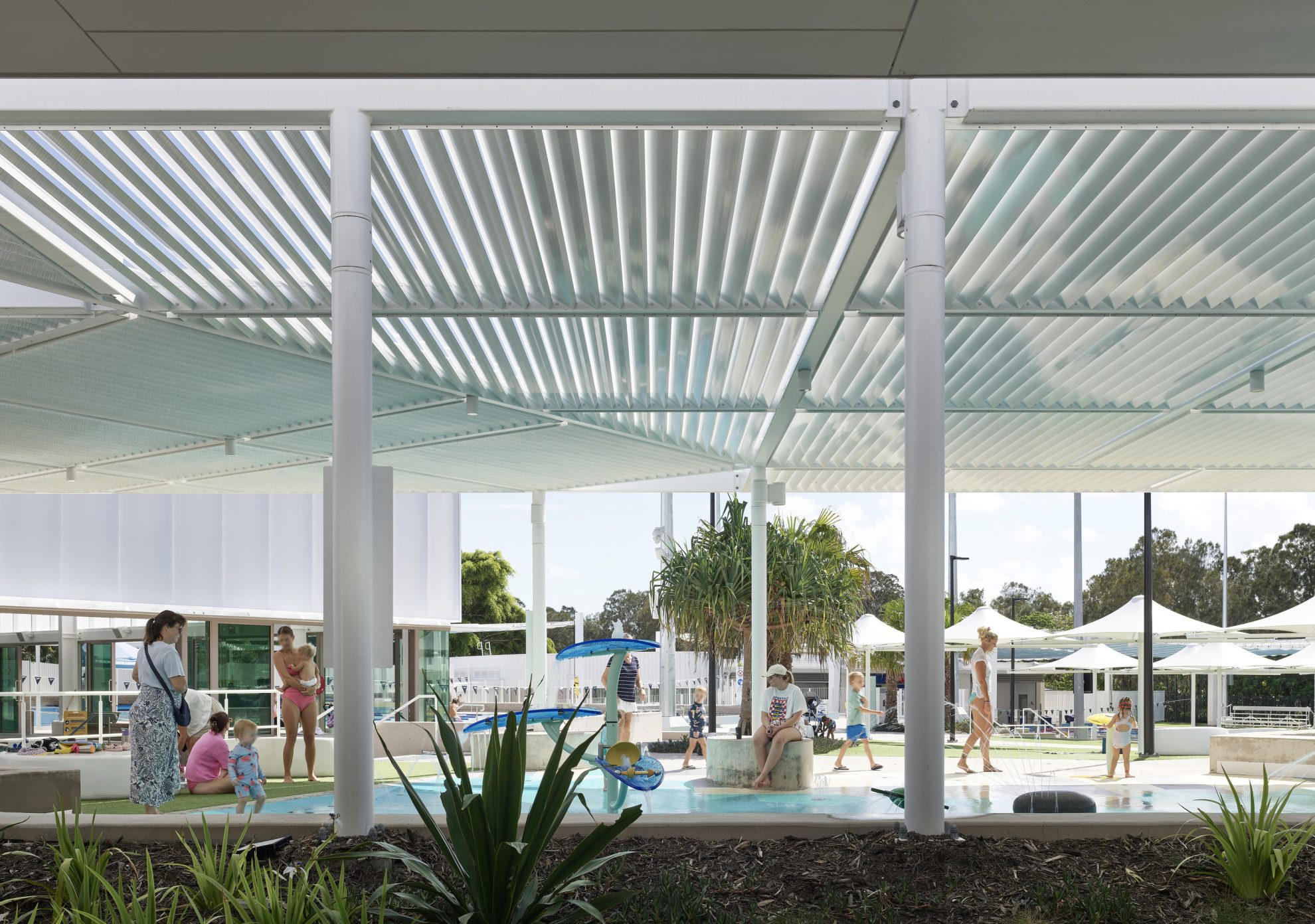
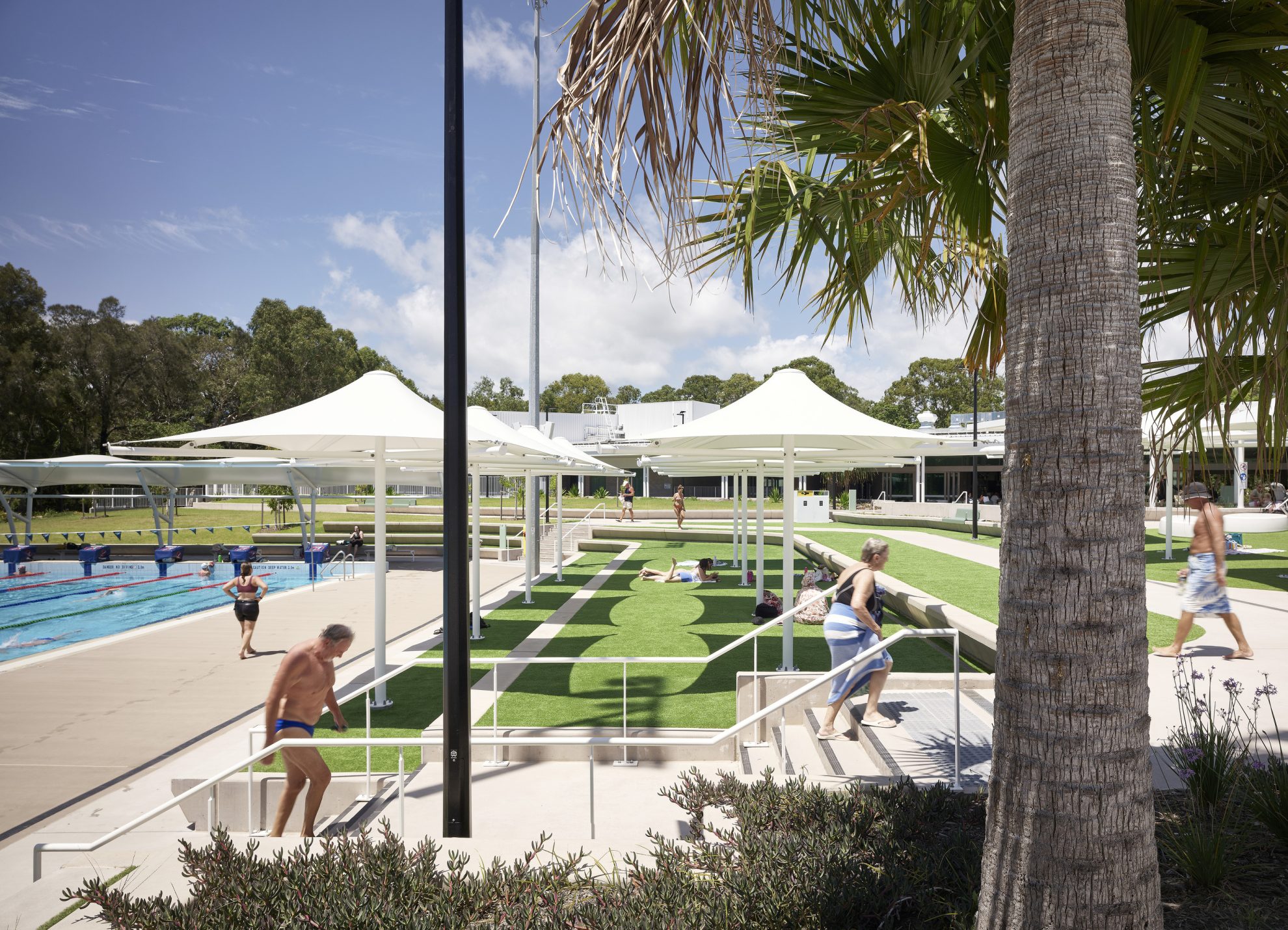
Palm Beach Aquatic and Community Centre | Photography: Scott Burrows
On the Gold Coast, the Palm Beach Aquatic and Community Centre has been reimagined into a lively, multi-use destination that caters to the health, fitness, and recreational needs of the southern Gold Coast community. Subtropical architecture opens the building to surrounding parklands and wetlands to capture coastal breezes, while enhanced access provisions ensure people of all ages and abilities feel supported. It now serves a wide range of community users, from school programs and casual swimmers to allied health and lifesaving groups.
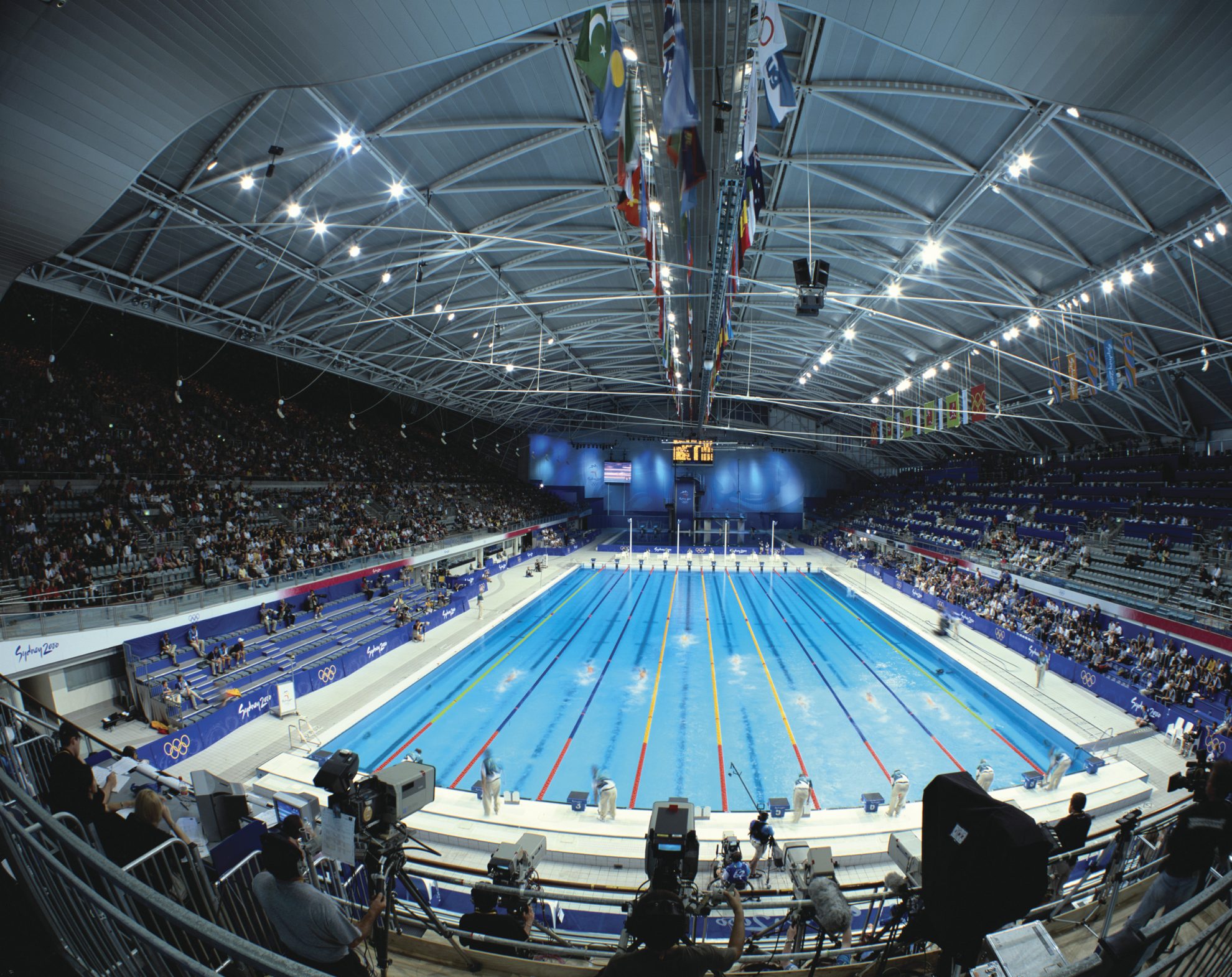
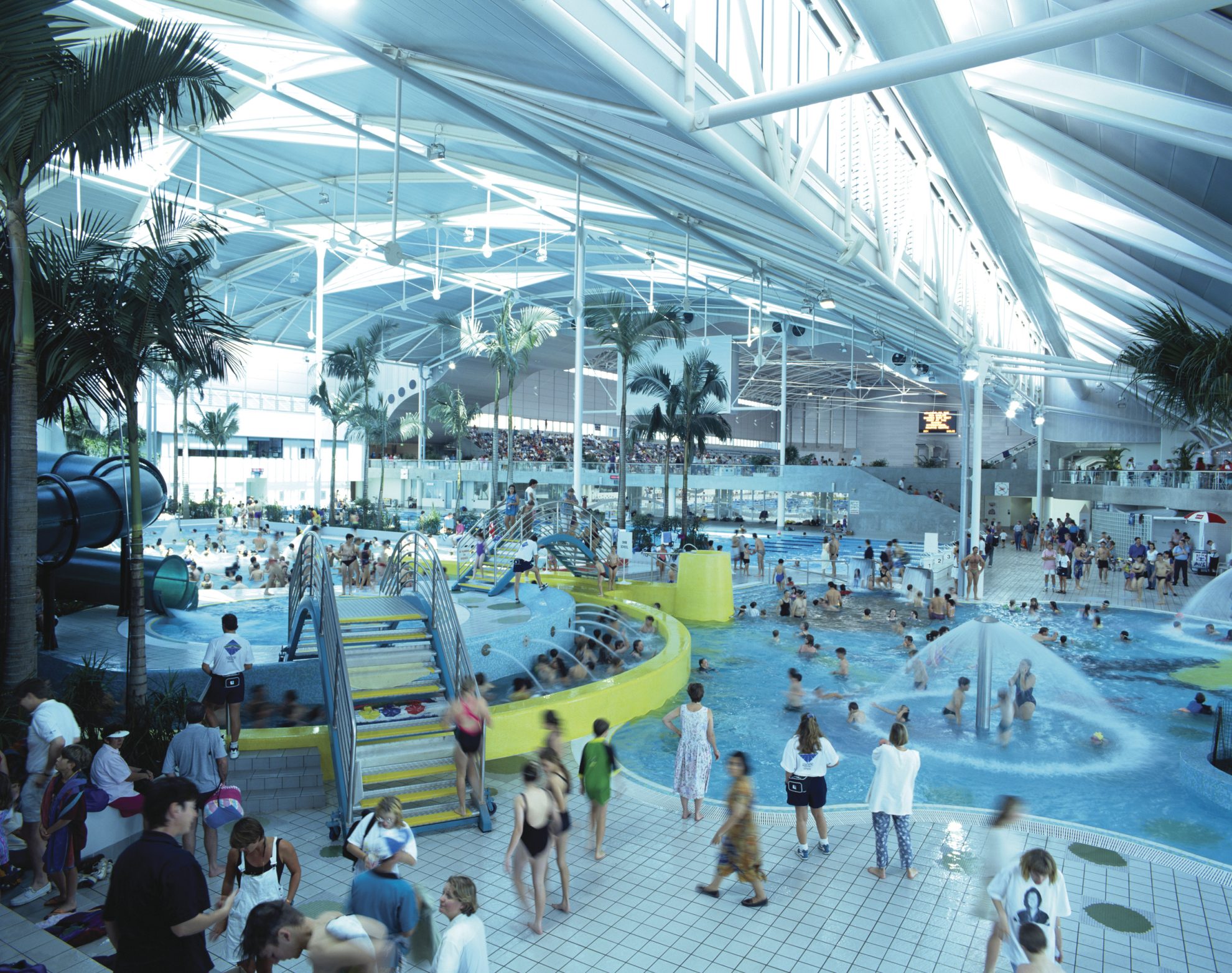
Sydney International Aquatic Centre | Photography: Patrick Bingham-Hall
Some pools have grander origins, designed for international competition and legacy. Opened in 1994, the Sydney International Aquatic Centre was one of the first Olympic sporting facilities completed and played a key role in securing the 2000 Sydney Olympic Games. Beyond the Games, it has hosted major events including the 1999 Pan Pacific Swimming Championships and FINA World Cups, while continuing to serve schools and the wider community with flexible spaces for swimming carnivals, toddler lessons, and even water-free events.

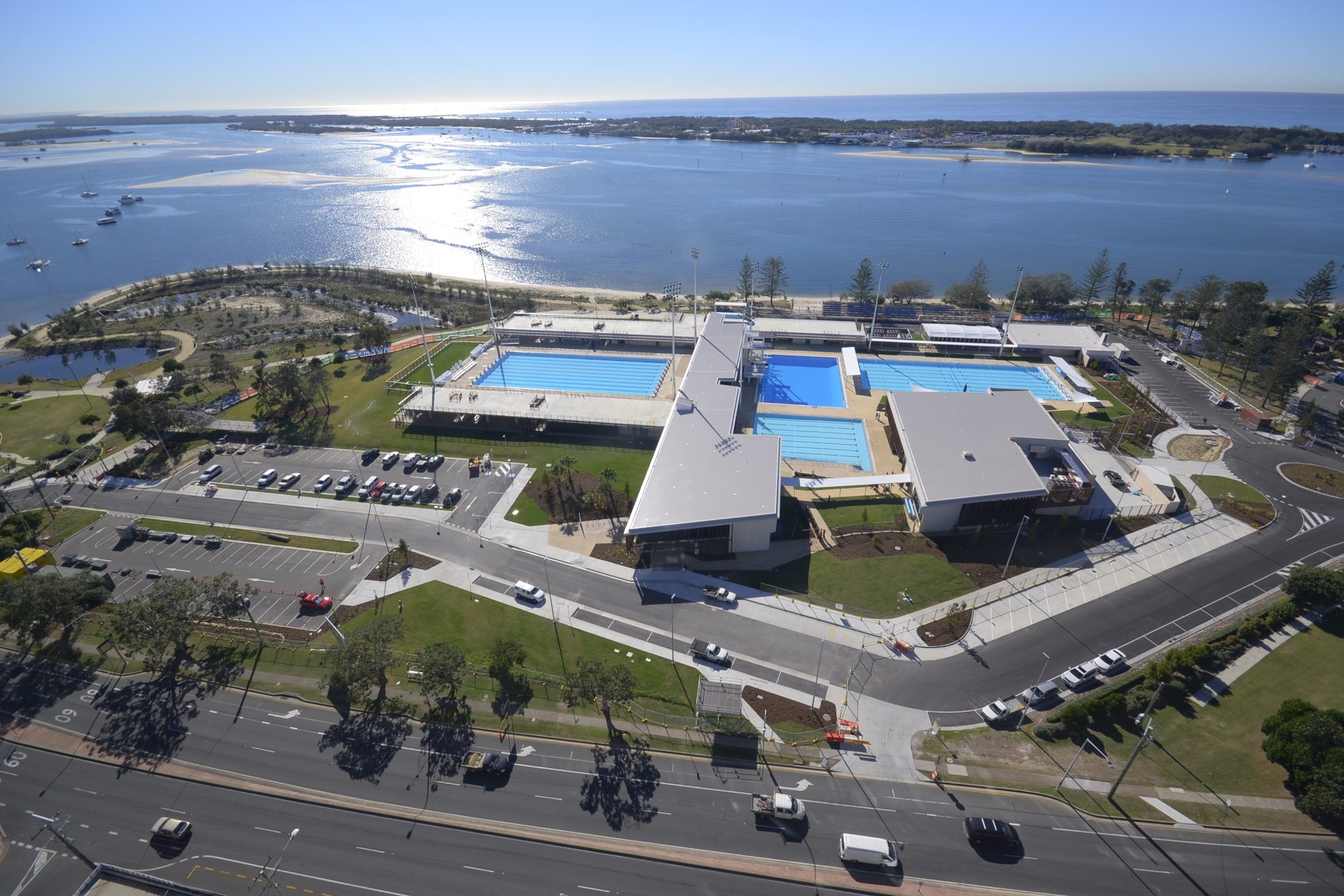
Gold Coast Aquatic Centre
Some of the most successful projects bridge competition and community. The Gold Coast Aquatic Centre, redeveloped for the 2018 Commonwealth Games, flexes to serve both locals and elite athletes. In the first six months of reopening, the Centre attracted more than 22,000 patrons across 246 events, generating more than $15 million in economic return for the city. With temporary seating expandable from 1,000 to 10,000, it remains a vibrant hub supporting a wide range of community programs, from learn-to-swim and aqua fitness to competitive squads, while also accommodating high-performance training.
From community hubs to Olympic venues, Australia’s pools embody far more than function. When designed thoughtfully, they capture the spirit of local communities, contribute to national sporting culture, and celebrate a uniquely Australian tradition of swimming.